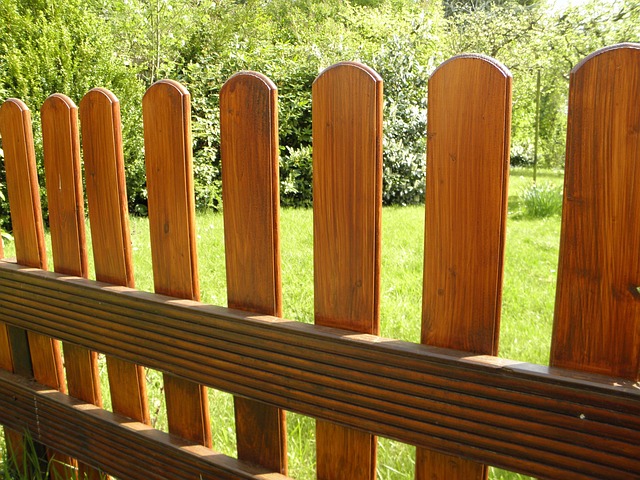In coastal regions, where harsh weather conditions and salt air pose unique challenges, durable wooden fencing is an attractive and sustainable solution. This article explores the ideal option for these environments, delving into the specific challenges of coastal fencing, highlighting the numerous benefits of long-lasting wood enclosures, and providing practical guidance on selection, installation, and maintenance. By the end, readers will be equipped to make informed choices for robust, low-maintenance fencing that enhances coastal properties.
- Understanding Coastal Fencing Challenges
- Advantages of Durable Wooden Fencing
- Choosing the Right Wood Species
- Installation Tips for Longevity
- Maintenance and Care Strategies
Understanding Coastal Fencing Challenges
Coastal areas present unique challenges when it comes to fencing due to harsh weather conditions, salt air, and potential moisture issues. Traditional fencing materials may not withstand these elements, leading to frequent replacements and increased maintenance costs. The primary concerns include corrosion or deterioration of materials caused by salt water and high humidity, as well as the impact of strong winds and storm surges.
Durable wooden fencing specifically designed for coastal environments offers a practical solution. These fences are crafted from weather-resistant wood species like cedar or treated with protective coatings to enhance their resistance to rot, mold, and insect damage. Additionally, their design often incorporates stronger construction methods and reinforced posts to withstand the relentless coastal climate.
Advantages of Durable Wooden Fencing
Durable wooden fencing offers a range of advantages for coastal areas, where traditional materials might struggle against harsh weather conditions and salt air. Firstly, wood is an aesthetically pleasing option that can complement the natural landscape while providing privacy and security. Its versatility allows for custom designs, ensuring it fits seamlessly into any garden or outdoor space.
Moreover, durable wooden fencing is an environmentally friendly choice. Wood is a renewable resource, making it a sustainable alternative to synthetic materials. Properly treated and maintained, these fences can withstand the rigours of coastal environments for many years, offering excellent value for money while reducing long-term replacement costs.
Choosing the Right Wood Species
When selecting wood for coastal fencing, choosing the right species is paramount. The harsh marine environment presents unique challenges, with salt spray, moisture, and potentially extreme weather conditions all taking a toll on wooden structures. Opting for a durable wood species such as cedar or redwood is a popular choice due to their natural resistance to decay and insects. These woods have high oil and resin content, which acts as a natural barrier against water absorption and mold growth.
Additionally, exotic hardwoods like Ipe or Teak offer exceptional durability and beauty. While they may be more expensive, these woods can withstand the coastal climate for decades with minimal maintenance. Consider the aesthetic you desire – some woods have striking grains and colors that enhance the overall look of your fence – and choose a species that aligns with both your functional needs and personal taste.
Installation Tips for Longevity
When installing wooden fencing in coastal areas, where exposure to salt air and moisture is high, it’s crucial to use durable materials and employ specific techniques for longevity. Begin by preparing the ground, ensuring it’s level and well-draining to prevent water pooling around the fence. Use treated lumber designed for outdoor and coastal applications; look for species like cedar or pressure-treated wood with a high resistance to rot and decay.
During installation, seal all cut ends of the wooden posts and rails immediately after cutting to avoid moisture seepage. Apply a water-repellent barrier and regular coatings of high-quality exterior paint or sealant every few years to protect against weathering. Ensure proper spacing between posts for adequate drainage and air circulation, preventing excessive moisture buildup inside the fence structure.
Maintenance and Care Strategies
Maintaining durable wooden fencing in coastal areas requires a thoughtful care strategy to withstand harsh weather conditions, including salt air and frequent rainfall. Regular cleaning is essential; use a soft-bristled brush and mild soap to remove any built-up salt or debris. Avoid power washers which can strip the finish or damage the wood over time.
Repetitive inspections are crucial for early detection of rot, cracks, or pest infestations. Address these issues promptly with appropriate treatments like marine varnish, caulk, or insecticides. To ensure longevity, keep the fence free from vegetation growth by trimming nearby shrubs and trees, preventing water pooling at the base, and periodically re-stain or seal the wood to protect against moisture intrusion.
